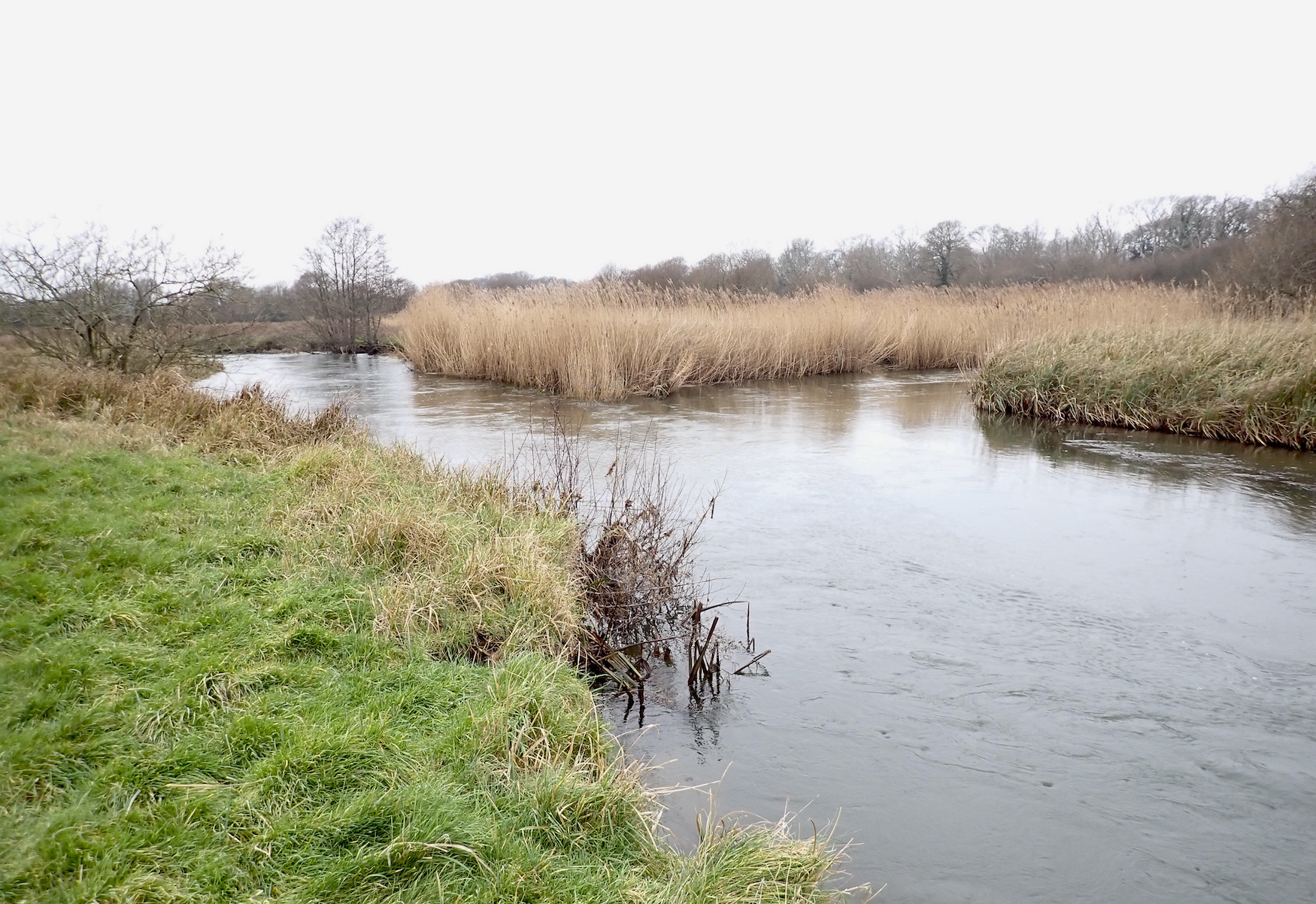
I embarked on a trip away from North Devon to fish for grayling on the Dorset Frome with my good friend Bruce Elston. The trip proved to be a very enjoyable foray and got me thinking about our motivations to actually go fishing. Grayling are an iconic fish that thrive in clean fast running rivers ensuring that the fishing venue is often set in pleasing countryside surroundings as was the case at the venue we were fishing. The Dorset Frome is a Chalk stream famed for its trout fishing and during the winter months its specimen grayling that have been landed to over 4lb.
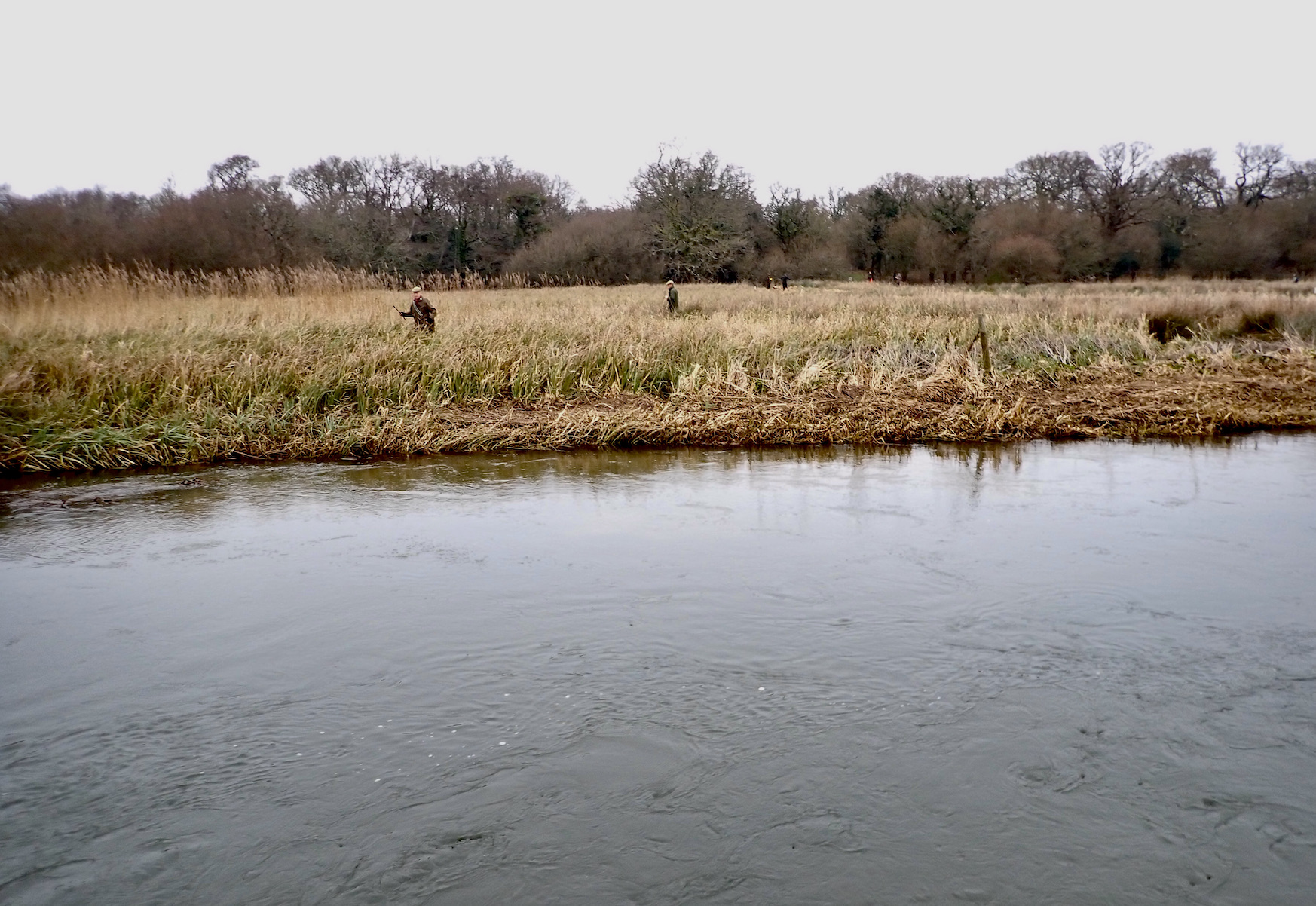
It is the potential size of these grayling that is of course part of the attraction but this is just one dimension, for how we fish is also a factor. As a young angler I always enjoyed the fascination of watching a float bobbing optimistically upon the surface followed by the joy in its disappearance and the satisfaction upon connecting with the fish that lives within a different dimension. Trotting for grayling brings all these components together and close to fifty years later the delights of float-fishing remain undiminished.
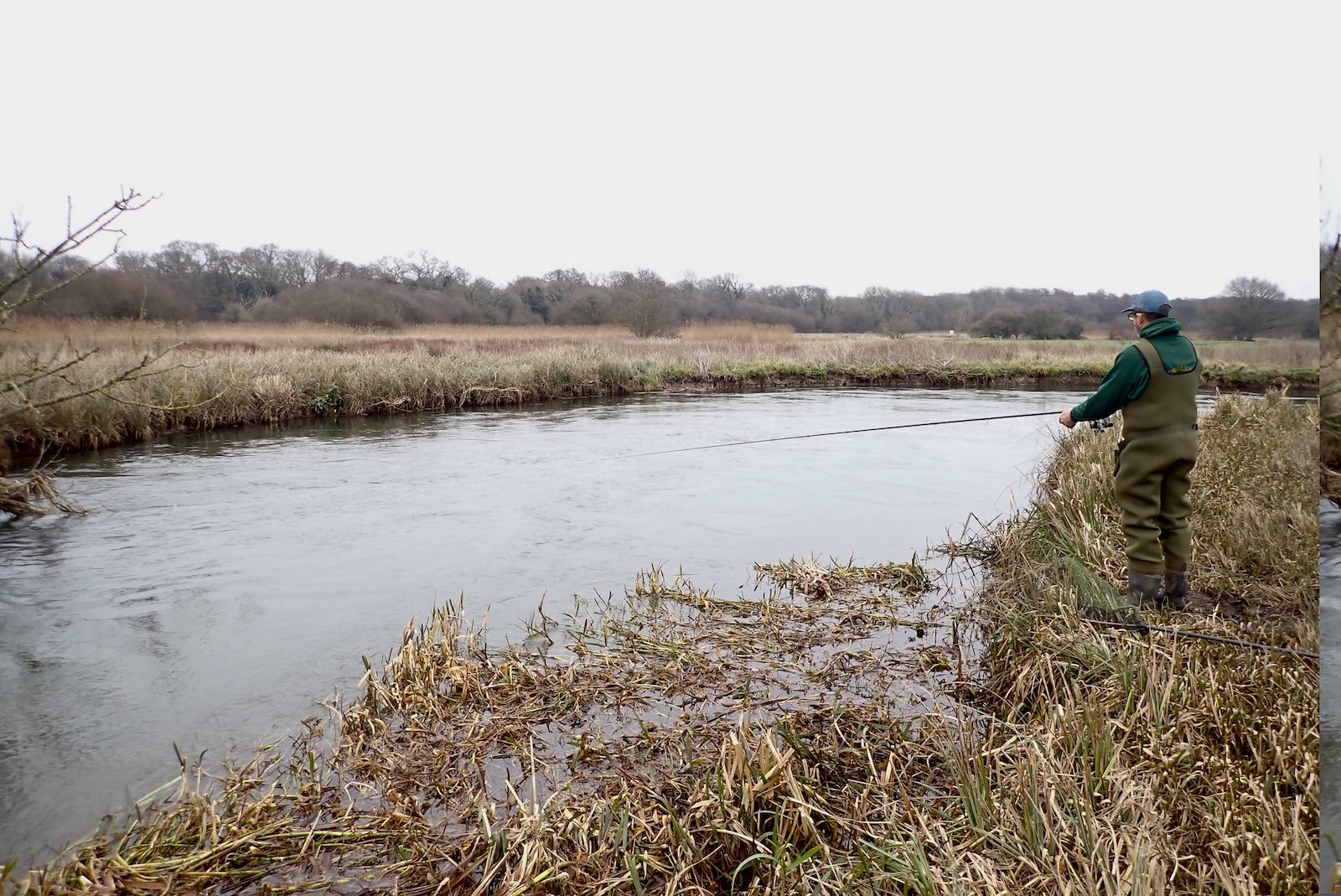
The section of River we were fishing was new to us both so we had to read the water a skill that is a joy in itself. Each stretch of water has characteristics that give clues as to where the fish will be lurking waiting for food to be carried to them by the current. The successful angler needs to place the bait in that spot or in the case of trotting, drift the bait in front of the feeding fish presented as naturally as possible.
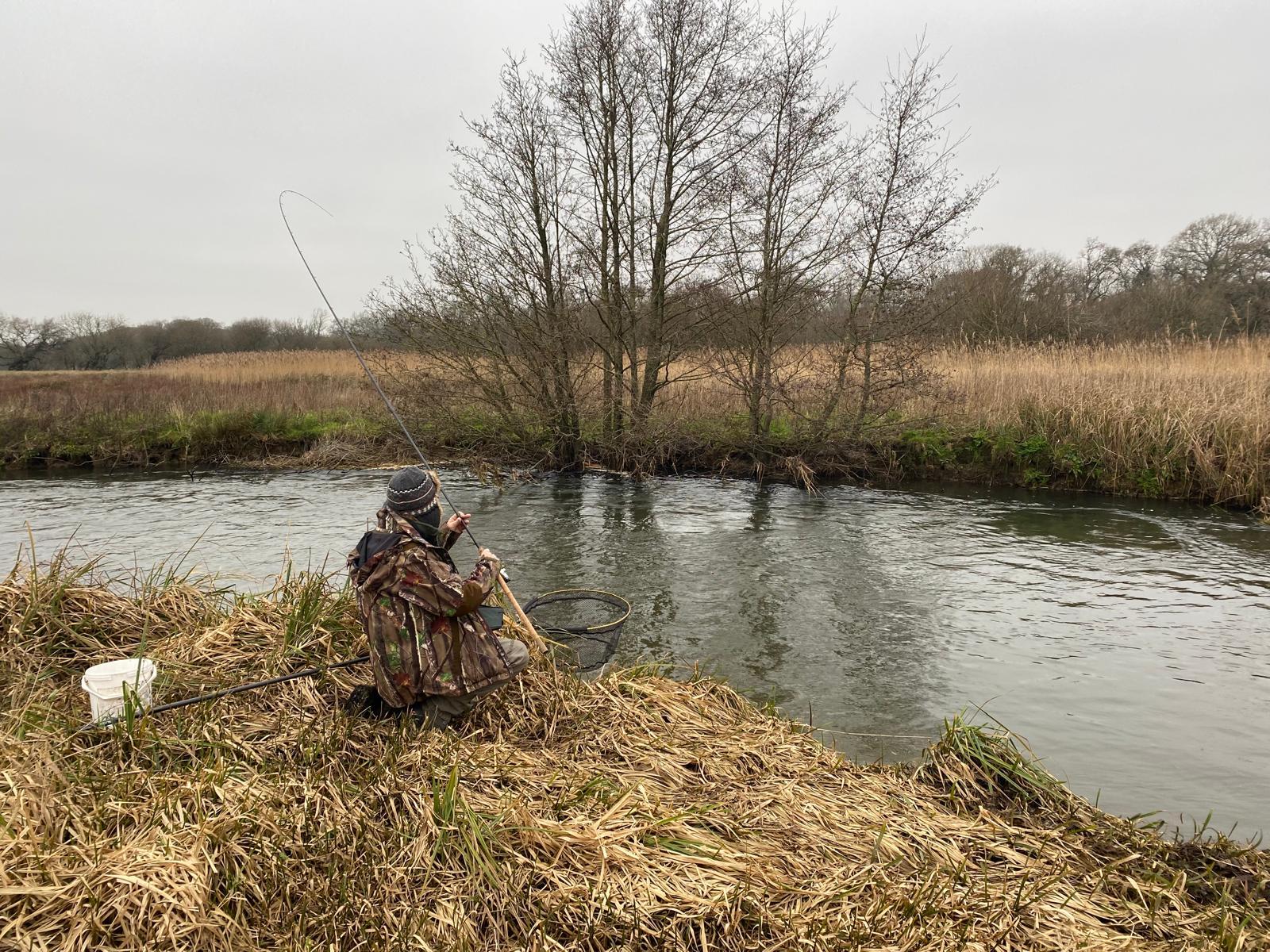
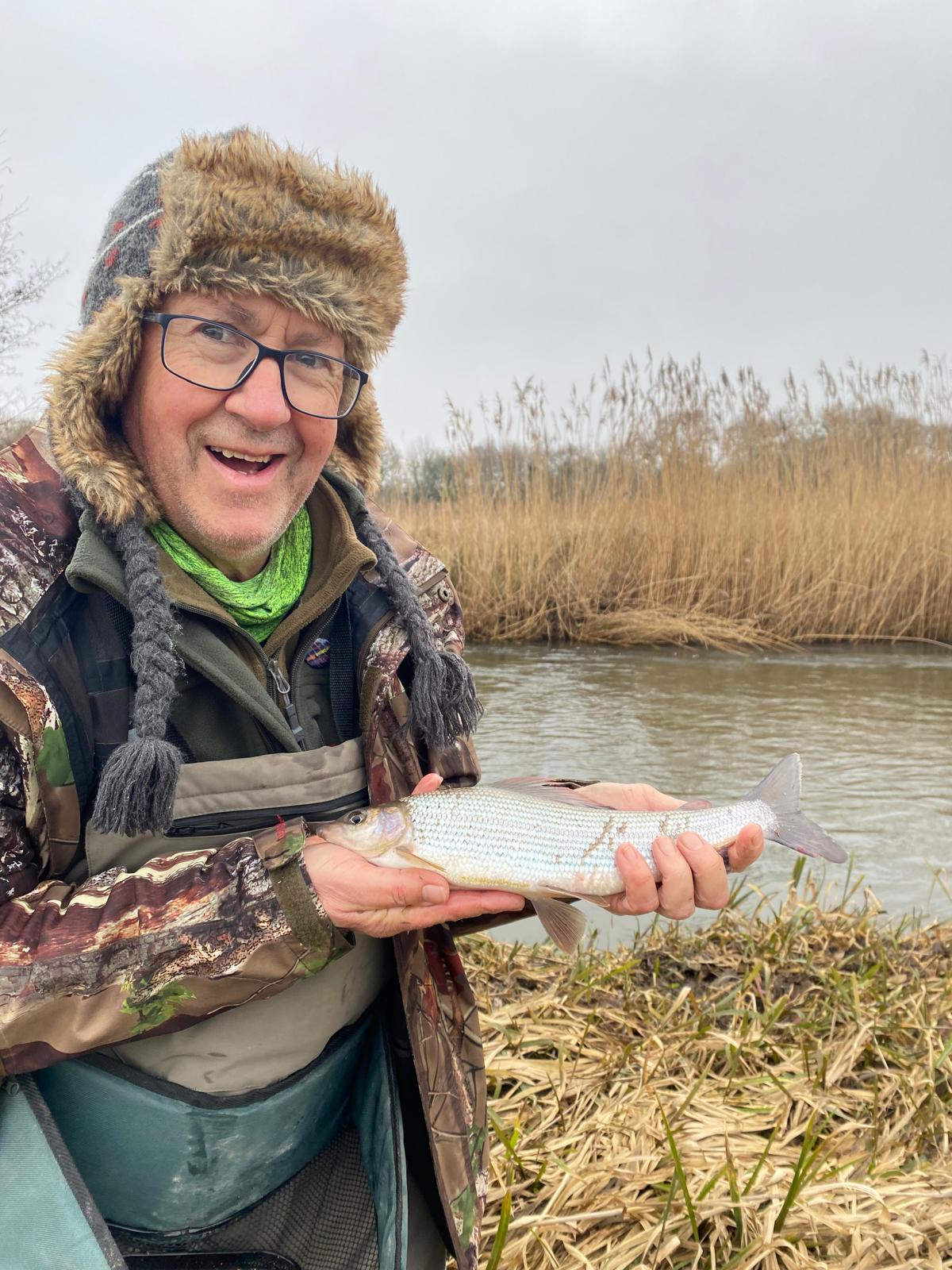
We both enjoyed success early in the day. ( Above ) A 1lb plus grayling fell to floatfished maggot.
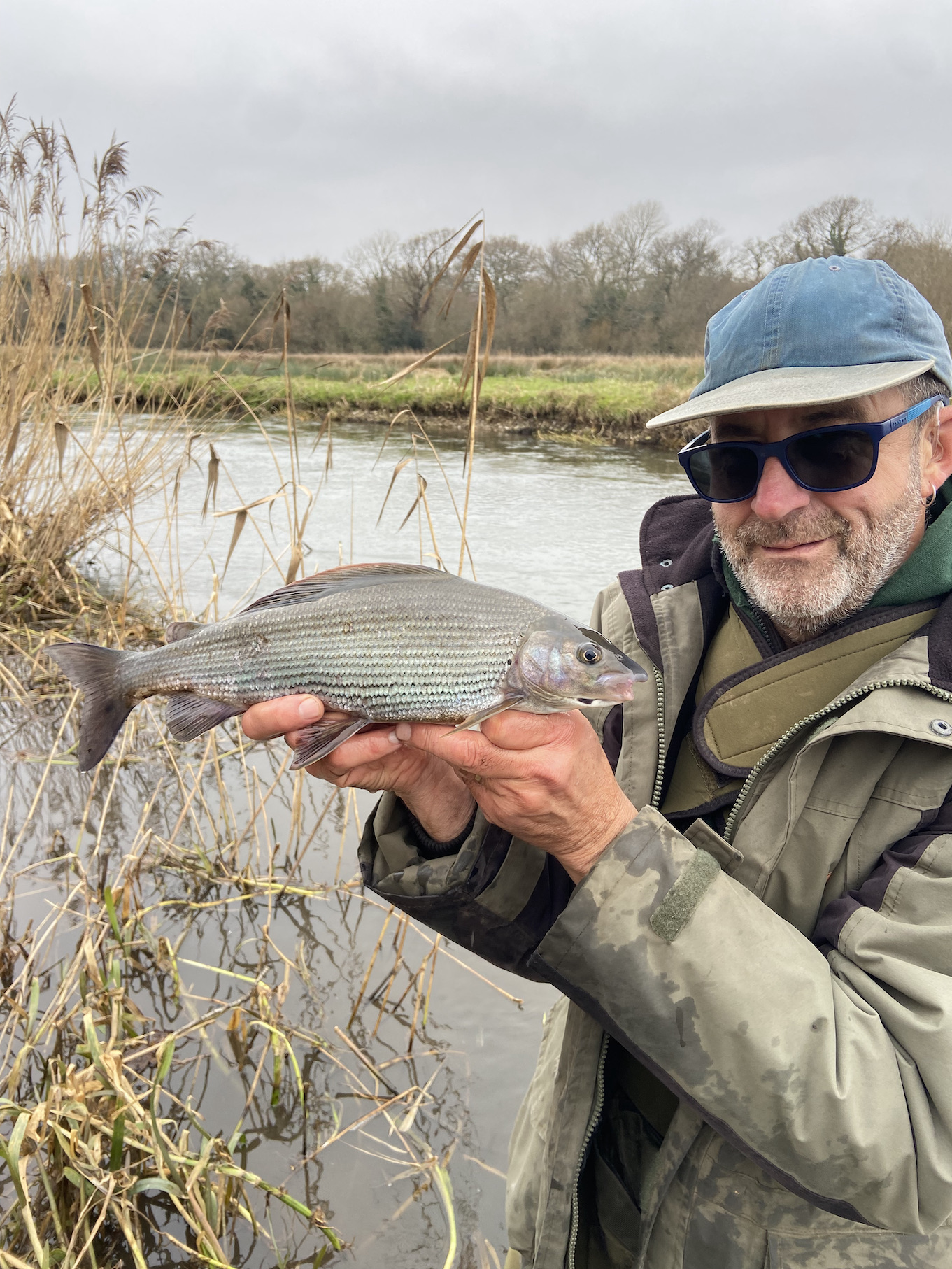
We fished hard all day dropping our float tackle into promising looking spots guiding the float through the rivers flexing currents the double maggot or sweetcorn hook bait suspended just above the riverbed. From time to time the float would dip beneath the surface and the lifting of the rod would bring connection, sometimes fleeting and occasionally that solid throbbing of life transmitted through a gossamer thin line. Between us we banked a brace of good grayling each with Bruce’s both topping 2lb and mine closer to 1lb 8oz each.
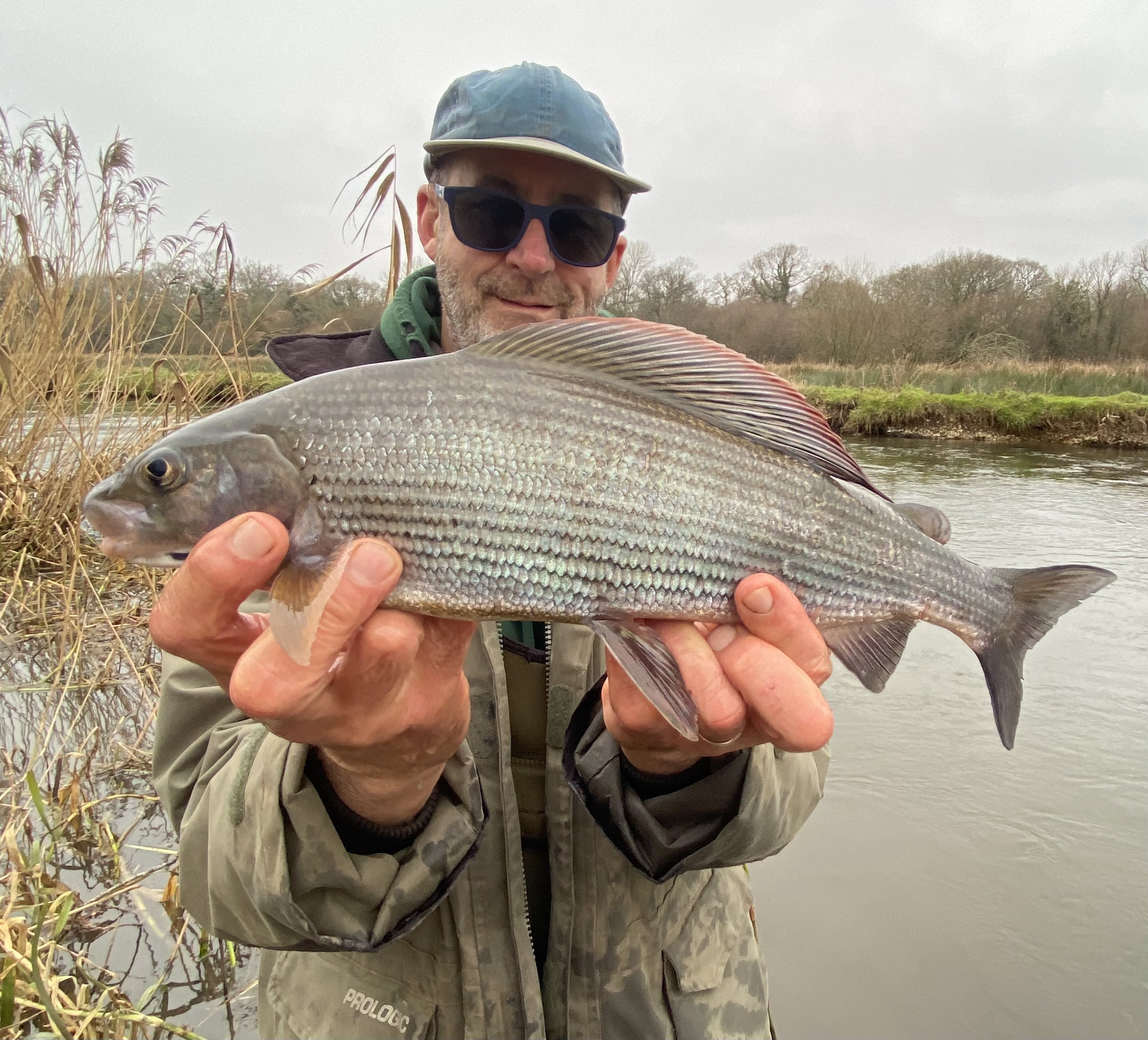
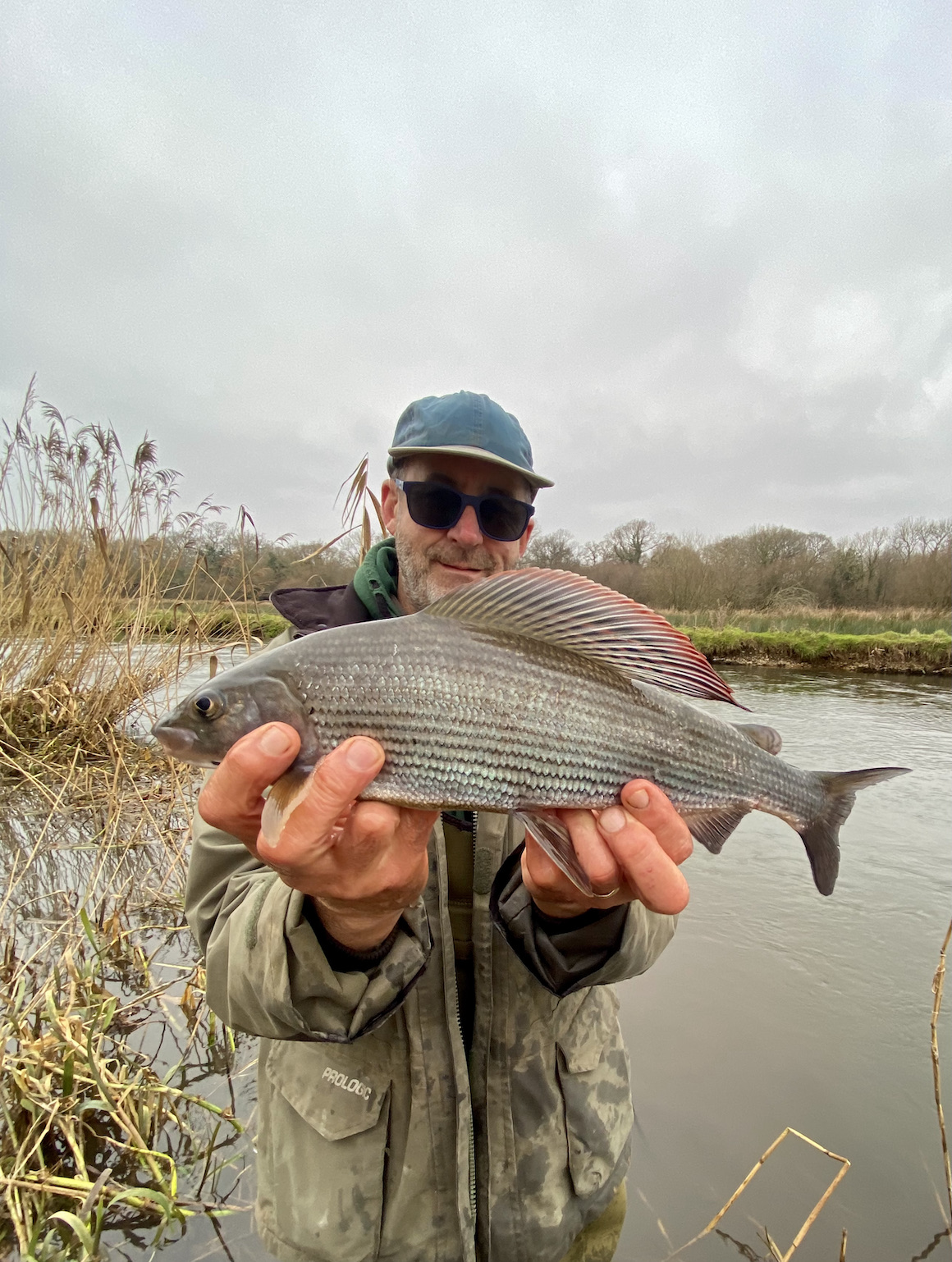
Late afternoon with the light starting to fade I returned to a swim that I had confidence in and persisted trotting the float through a spot I felt drawn to. My conviction proved correct the float dipping to result in a pleasing grayling of 1lb 11oz.
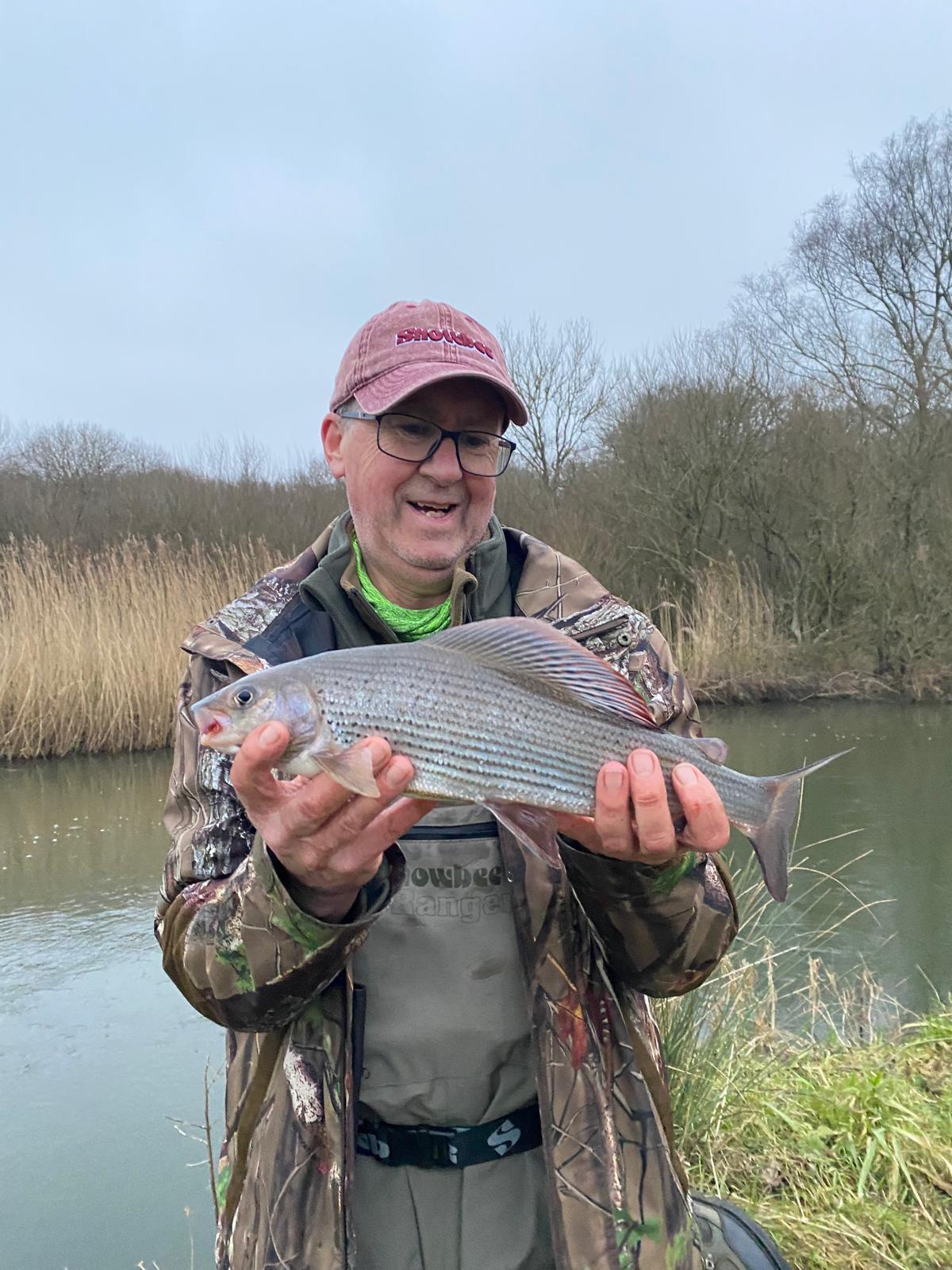

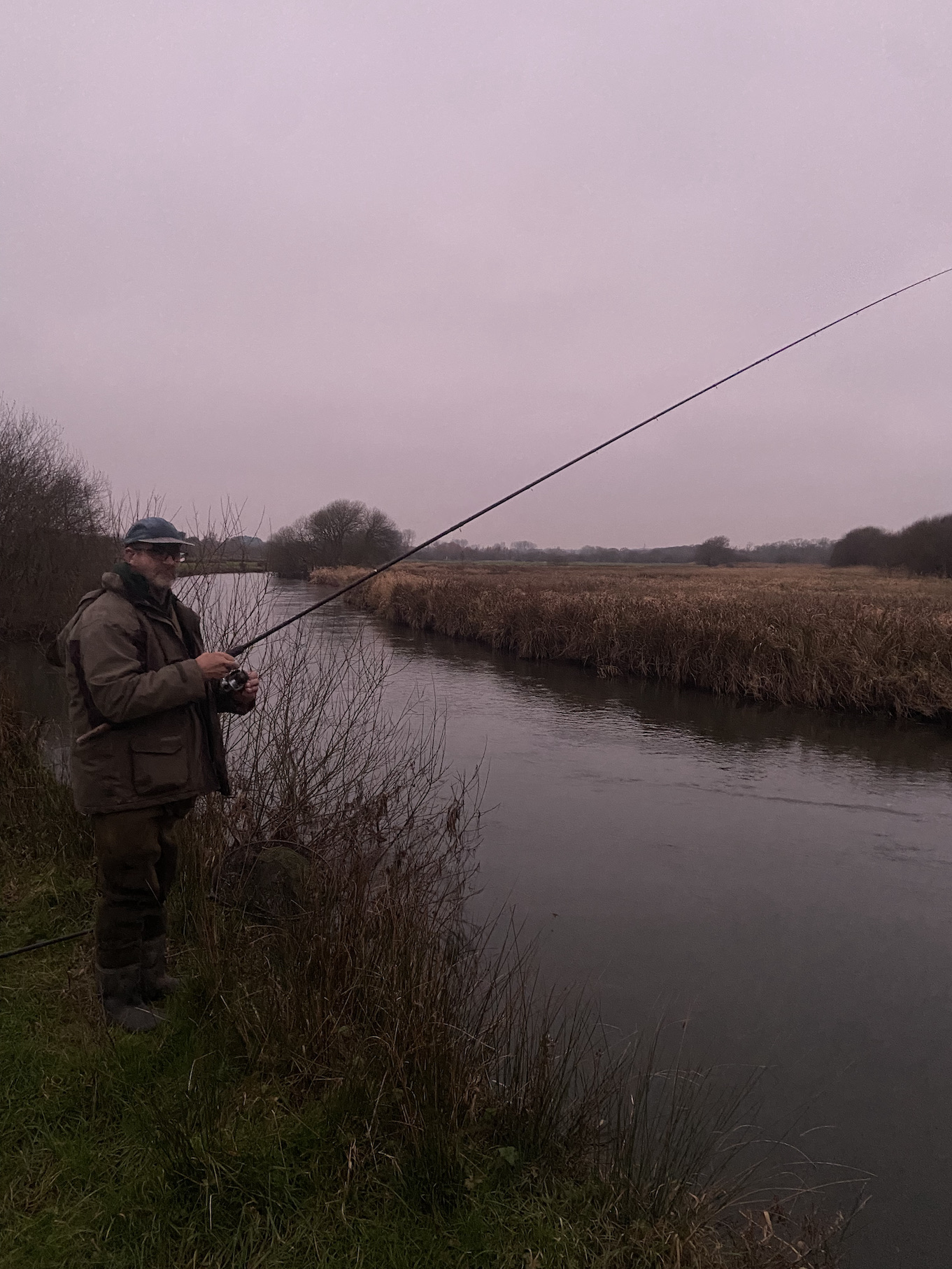
Above and below – Time for one more cast as the fading light makes watching the float an increasing challenge.
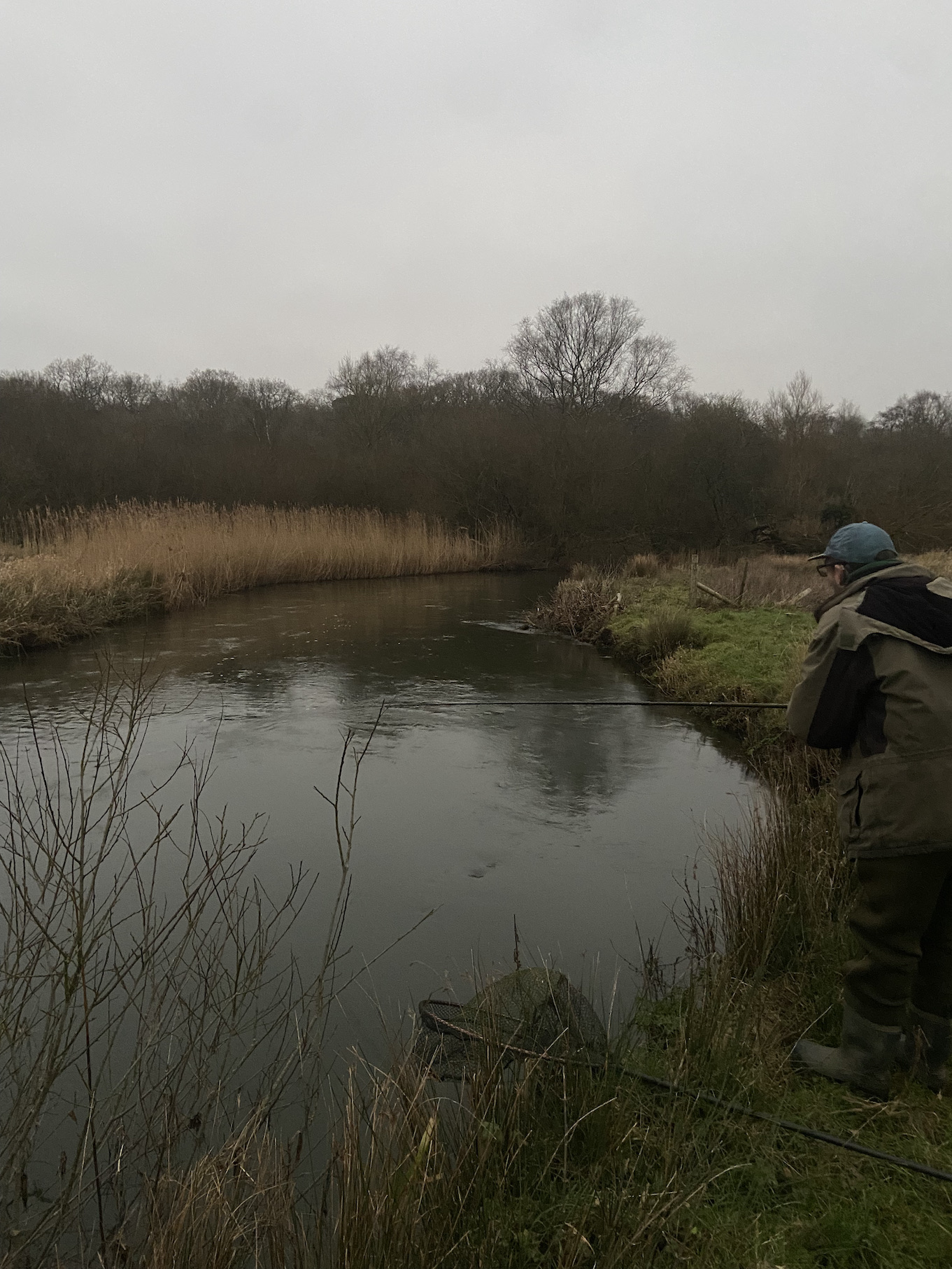
To the none angler the whole episode that involved a 200 plus mile round trip on a short cold winters day would seem difficult to understand. Yet to us it was as memorable and satisfying a day as winning Wimbledon or the Masters.
Grayling are scarce across Devon with a healthy population inhabiting the waters of the River Exe and some of its tributaries. They are also present in some of the River Tamar’s tributaries that form the border between Devon and Cornwall. The River Exe population is the result of a stocking in 1896 when 500 yearlings were stocked from the hatchery at Dulverton. The full story can be found in the book Trout Fishing for Beginners by the Devonshire Fisherman published in 1928.


